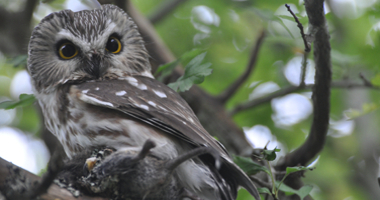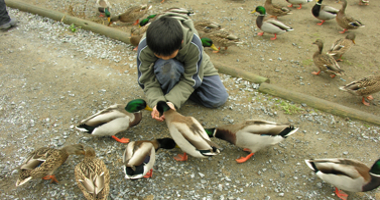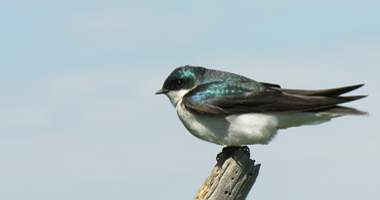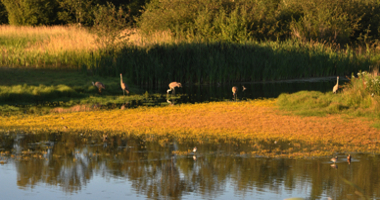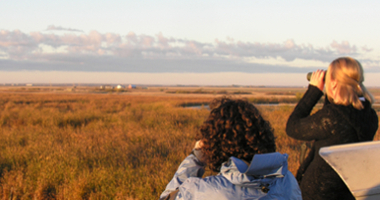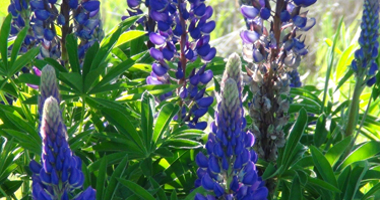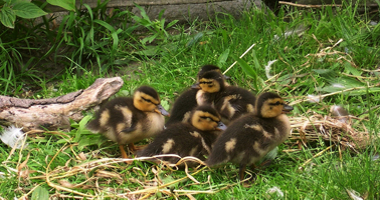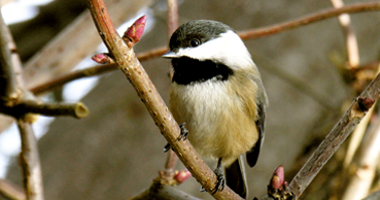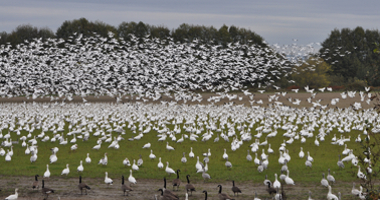The Cork Oak (Quercus suber)

This Cork Oak tree was planted in the 1960s when the Sanctuary was being developed but is a tree species native to parts of Portugal, Spain and North Africa, where the bark is harvested as a source of cork.
Our tree thrives when we have very hot summers, and suffers when heavy wet snow weighs it down, with large limbs broken in 2014 and again in 2017. The tree is laying down new bark over these injuries and new growth has started to fill in the center of the tree where limbs have broken in the past. An arborist or tree health specialist is brought in regularly to check on the health of this tree, as it is the only large specimen of this species in the MetroVancouver area. We have had some success germinating acorns from this tree to make more specimens, but Squirrels seem to get most of them.
Cork Oaks have a very thick spongy outer corky bark. This is the natural source of cork we use for wine bottles, cork flooring and all sorts of industrial uses. Cork consists of suberin, and is elastic, buoyant and fire-resistant. Its commercial products represent a billion dollar industry. In countries in the Mediterranean area, Cork Oak forests are managed. In fact, each tree of a plantation is registered and its history tracked. The cork layer is stripped (gently) from the live trees every 20 years or so. The cork grows back, and could be harvested as many as 20 times over the life of the tree. The cork is of a higher quality after about 40 years.
Cork Oak trees can live for several centuries. The oldest known Cork Oak tree is Portugal’s Whistler Tree which was planted in 1783. It was given this nickname because of the hundreds of vocal songbirds that roost in its branches. Its trunk is more than 4 meters in diameter. It was named Europe’s Tree of the Year in 2018. In Portugal, the Cork Oak is the national tree, and has been protected by law since the 13th century.
A Raccoon family sprawls sometimes in our tree, possibly taking a rest from visits to the nearby Apple and Cherry trees. Every spring, our Beavers also seem to get interested in this tree and chew on the bark. Occasionally a whole branch goes missing, but we think they mainly like the taste of the corky bark. In the picture below, you can see how they have stripped the lower limb of bark (early April 2020). Many songbirds use this tree to perch and sing from, and in 2020, a pair of Bushtits contructed one of their odd-looking sock-like nests in it.




